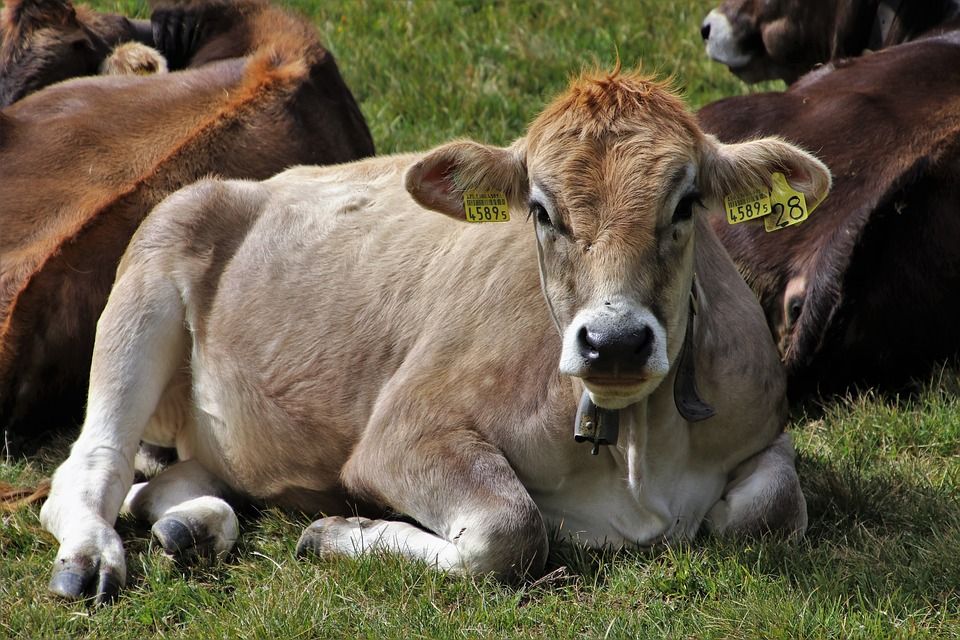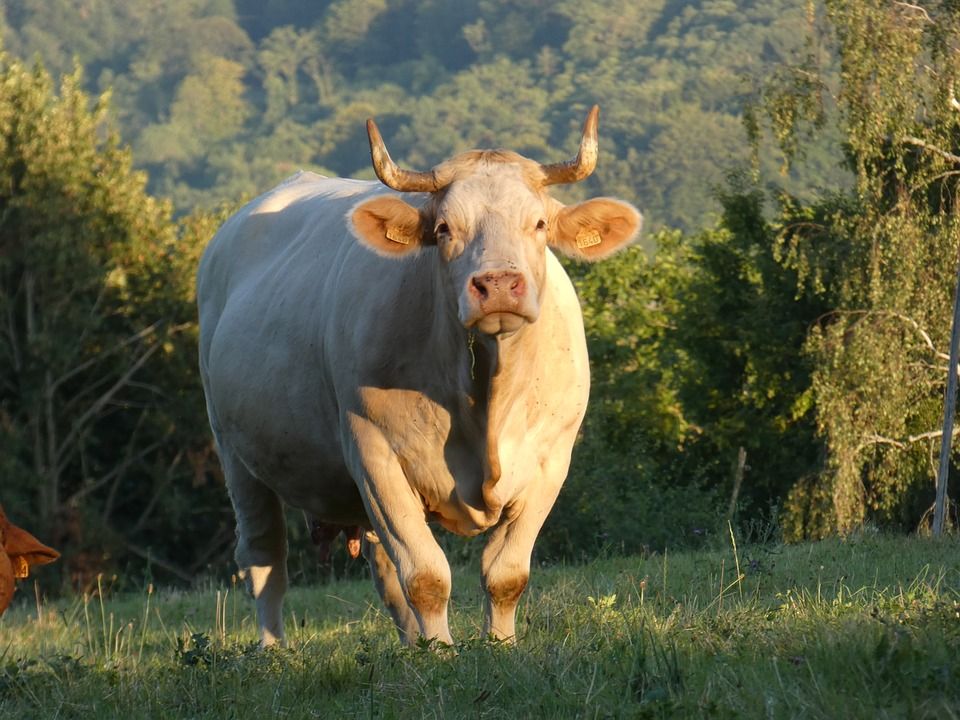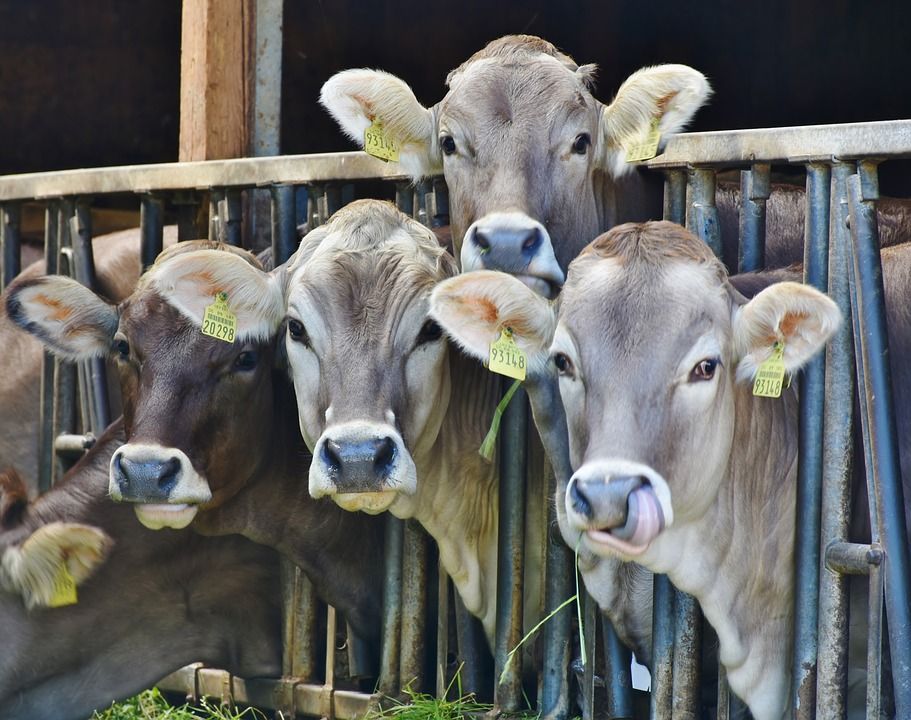Growing up, parents are filled with worries of their children becoming ill.
While they're prepared for their kids catching a cold, flu or even the chicken pox, there are some conditions they won't be expecting - like mad cow disease.
We've all heard of mad cow disease before, but how many of us really thought much about it?
What is mad cow disease?
Mad cow disease, otherwise known as bovine spongiform encephalopathy (BSE), is a condition that affects the brain and nervous systems of animals.
The infectious disease occurs through prions, a faulty protein that transmits an infection to other proteins, which affect the brain of the cattle, reports eMedicineHealth.
Animals can be tested positive for mad cow disease months before symptoms (progressive weight loss, reluctance to move, excessive salivation, droopy ears, increased drinking and urinating, and lethargy) will show.
They will eventually lose control of its cognitive and motor functions, making them appear "mad."
If they are slaughtered before the signs of illness are made apparent, their meat will look normal.
The condition first came to light in Britain during the 1980s. Two decades later, it was discovered that mad cow disease is linked to the brain-wasting Creutzfeldt-Jakob disease (CJD) in humans.
For humans to catch CJD, they must eat the diseased tissue of an infected animal. Once they do so, they will eventually die from it.
Although we don't hear about BSE often, a case of the disease has turned up in Florida.
The cow in question
On August 29, the US Department of Agriculture (USDA) announced a six-year-old mixed beef cow - who was intended for slaughter - was infected with H-type BSE.
The rare, atypical strand of BSE is believed to occur randomly in older cattle, so there is no association with contaminated feed or ingestion of infected materials, said APHIS spokeswoman Lyndsay Cole.
"As part of the investigation, however, we will look at offspring of the affected animal, as well as animals that were born in the same location at the same time as the affected animals," Cole said in an e-mail to Reuters
The illness was caught through a routine surveillance of cattle, making the animal the sixth confirmed case in the US.
The USDA said the cow has been put down before it had an opportunity to affect the slaughter equipment or the rest of the herd.
"The animal never entered slaughter channels and at no time presented a risk to the food supply, or to human health in the United States," a spokesperson for the USDA said, according to The Sun.
[H/T: Miami Herald, The Sun, Daily Mail, eMedicineHealth ]
Have you ever heard of mad cow disease before? Let us know in the comments!





